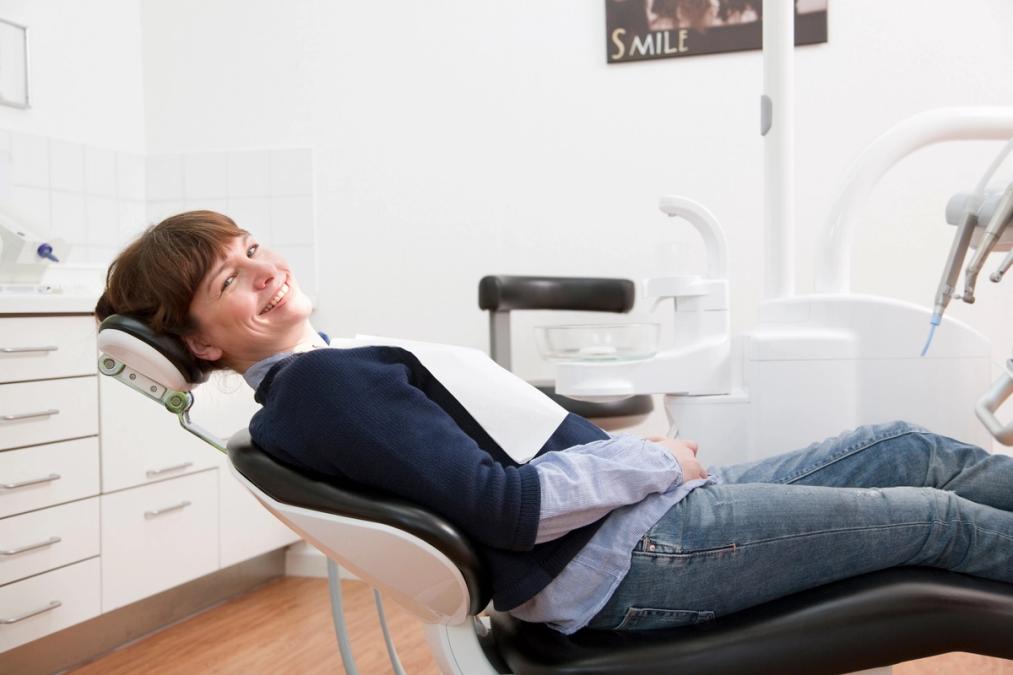
Call Now
509-492-2051
Published on Jul 1, 2025 | 8 minute read

Have you ever stopped to think about how much your daily routine affects your teeth? We brush, rinse, and maybe floss (on good days)—but is that really enough? Or are we just crossing our fingers and hoping those twice-a-year cleanings catch anything serious before it snowballs into a root canal or worse?
That’s where preventative dentistry steps in—not just as a dental “to-do,” but as the foundation for lifelong oral health. It’s the combo platter of smart at-home habits and routine in-office care that quietly does the heavy lifting behind a healthy, confident smile.
Let’s unpack why preventative care matters more than you might think—and how it’s not just about avoiding cavities, but protecting your overall health, your wallet, and your peace of mind.
Preventative dentistry refers to the practices, treatments, and routines that help keep your teeth and gums healthy before problems develop. Think of it as your oral health safety net—designed to catch small issues before they turn into costly (and painful) problems down the road.
It includes two essential components:
Together, they form a proactive approach that’s been shown to dramatically reduce your risk of cavities, gum disease, enamel erosion, and even chronic bad breath.
If you only take one thing away from this blog, let it be this: your daily habits matter. More than you might realize. Here’s what strong at-home preventative care looks like:
Twice a day. Two full minutes. Soft-bristled brush. Fluoride toothpaste. Gentle circular motions. Easy enough, right? Just don’t rush through it—you’re sweeping away the plaque bacteria that cause decay and gum disease.
Flossing removes food particles and plaque between the teeth where your brush can’t reach. Daily flossing can help prevent gum inflammation, bleeding, and bone loss. Yes, daily. Not “sometimes.” Not “when you remember.”
Sugary and acidic foods feed harmful bacteria. Frequent snacking also means less time for your saliva to naturally wash away food debris. If you’re going to treat yourself, do it alongside meals, then rinse with water afterward.
Water helps wash away bacteria and keeps your mouth’s natural defenses going strong. Plus, dry mouth creates a breeding ground for bacteria. If your mouth feels sticky, your saliva’s probably tapped out.
While at-home care lays the groundwork, professional dental care fills in the gaps. Here’s what in-office preventative dentistry usually includes:
Even with perfect brushing, plaque and tartar sneak in. Dental hygienists use specialized tools to remove hardened deposits and polish your teeth for a fresh, smooth finish that feels brand new.
Regular dental exams help catch problems early—before you feel pain or notice symptoms. Dentists check for cavities, gum health, signs of enamel erosion, bite issues, and early warning signs of things like oral cancer or TMJ dysfunction.
X-rays let your dentist see below the surface, identifying decay between teeth, bone loss, or hidden infections. They’re usually taken annually unless more frequent monitoring is needed.
For added protection, your dentist may recommend:
If you’re the kind of person who prefers avoiding chaos over fixing it later—this one’s for you. The American Dental Association (ADA) and the Centers for Disease Control and Prevention (CDC) both emphasize the long-term value of prevention. Here’s why:
Consistent care reduces plaque buildup, bacterial overgrowth, and inflammation—all precursors to common dental diseases.
Treating a small cavity is far less expensive (and easier) than a root canal, extraction, or crown. Prevention is budget-friendly.
Poor oral health is linked to heart disease, diabetes, respiratory infections, and even complications in pregnancy. Taking care of your mouth supports your whole body.
With preventative care, many people can avoid dentures, implants, or extractions well into their senior years. You get to keep your natural teeth longer.
Let’s face it: healthy teeth just feel better. You can smile, talk, laugh, and eat without worry.
The general rule of thumb is twice a year, but your exact schedule may vary depending on your needs. For example:
Ask your dentist what works best for your oral health profile.
There’s a tendency to assume that if you’re seeing the dentist every six months, you’re covered. But the truth is—what you do between appointments plays an even bigger role in your oral health outcomes.
That’s where things like electric toothbrushes, water flossers, sugar-free gum (yes, really!), and healthy snacking habits come into play. Your dentist can help you personalize an at-home plan that works for your lifestyle, age, and risk factors.
Keep an eye out for these red flags:
These signs could mean something’s brewing beneath the surface—and early intervention is key.
It’s not just about avoiding cavities. It’s about creating a health-forward lifestyle, keeping your smile bright, your breath fresh, and your peace of mind intact. Preventative dentistry is a long-term strategy—one that pays off in comfort, confidence, and fewer dental bills down the line.
Benefits Recap:
According to the ADA and CDC, patients who consistently practice preventative dentistry—both at home and through regular dental visits—experience significantly lower rates of tooth decay, gum disease, and tooth loss. They’re also less likely to need costly restorative work, meaning fewer procedures and less time in the chair overall.
Ready to make preventative dentistry part of your everyday wellness routine? Book an appointment with Smart Dental at 3200 Duportail St. Suite 105, Richland, WA 99352, or call 509-492-2051 to schedule your next checkup and professional cleaning today.